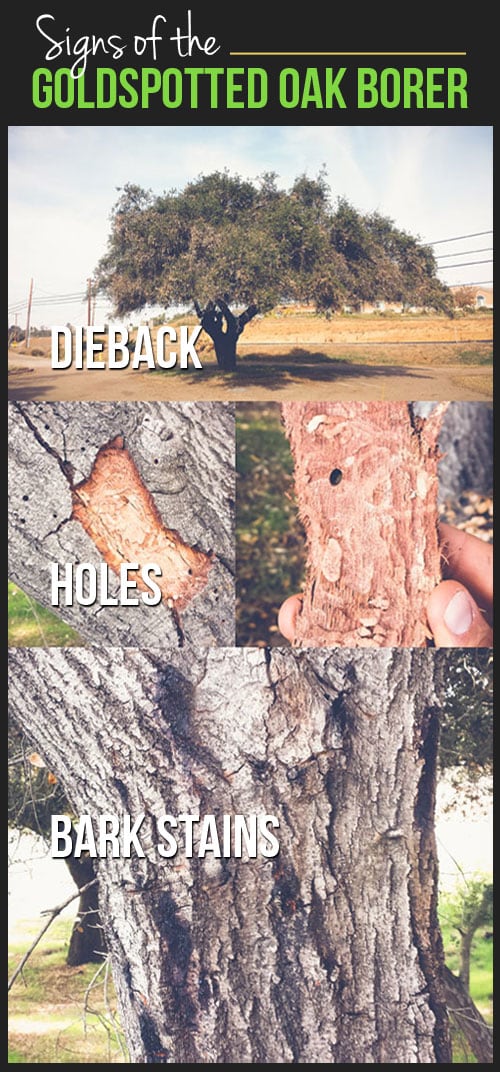Post-Tree Elimination Care: Just How To Restore Your Landscape Efficiently
Post-Tree Elimination Care: Just How To Restore Your Landscape Efficiently
Blog Article
Web Content Author-Graham McKinnon
After a tree's removal, your landscape might look rather various, and it's important to assess the aftermath meticulously. You'll want to assess the soil disruption and check surrounding plants for any kind of signs of anxiety. Disregarding these aspects can bring about larger problems down the line. So, what should you make with those stumps and roots? And how do you pick the most effective plants for your revitalized room? Allow's explore these vital steps.
Assessing the Consequences: Reviewing Your Landscape
After a tree removal, it's important to analyze your landscape to understand the effect it carries your lawn.
Begin by taking a look at the area where the tree stood. Look for signs of dirt disturbance, and examine the surrounding plants for any kind of tension or damages.
You ought to also keep in mind of exactly how the removal has actually altered sunlight direct exposure and air flow in your yard. This shift can influence the development of nearby plants, so it's necessary to evaluate their health and wellness.
Take into consideration the visual facets also; the removal may develop an open space that you can redesign.
Finally, think of any kind of prospective disintegration concerns that may emerge from the tree's absence. Addressing these variables early will help restore equilibrium to your landscape.
Taking care of Stumps and Origins: Choices for Elimination
As soon as you have actually examined the consequences of the tree elimination, you'll likely require to deal with the stump and roots left.
You have a few alternatives for removal. One reliable technique is stump grinding, where a professional makes use of a machine to grind the stump to underground level. This method leaves marginal interruption to your landscape.
If you like a DIY approach, you can utilize a mix of excavating and chemical stump removers. Just remember, https://docs.google.com/document/d/1zA5V52HewAhZRfBoEaFuIXg4Vaf2oNCOfC6O4LJWa44/edit?usp=sharing can take time and effort.
Additionally, think about leaving https://www.wtvr.com/on-air/virginia-this-morning/lush-landscapes-and-outdoor-living-at-the-richmond-home-garden-show as a natural function, which can work as an unique yard element or habitat for wild animals.
Whatever you select, attending to the stump and roots is crucial for recovering your landscape.
Selecting the Right Plant Kingdoms for Your New Room
As you examine your newly gotten rid of room, choosing the right plants can substantially boost your landscape's charm and capability.
Beginning by taking into consideration the sunshine and soil problems. For sunny areas, go with drought-resistant plants like lavender or succulents. In shaded areas, brushes and hostas prosper well.
Think of the size and growth practices of your plants; mix perennials and annuals for seasonal range. Do not neglect to include native species; they need much less upkeep and support local wild animals.
Group plants in odd numbers for a more natural appearance and produce layers for visual deepness.
Ultimately, guarantee you have a mix of colors and appearances to keep your landscape vivid throughout the seasons.
Satisfied growing!
Verdict
In conclusion, recovering your landscape after tree removal is a gratifying process. By assessing the after-effects, attending to stumps and origins, and picking the right plants, you'll develop a flourishing environment. Do not forget to integrate erosion control procedures to secure your soil. With a little effort and treatment, you can change your room right into a dynamic garden that enhances your residential or commercial property. Welcome the opportunity to invigorate your landscape and appreciate the appeal of nature right in your backyard!
